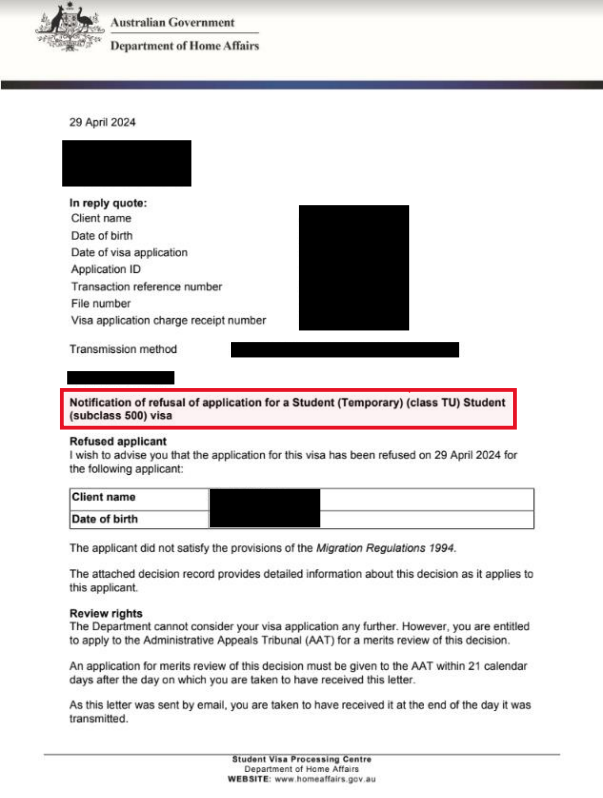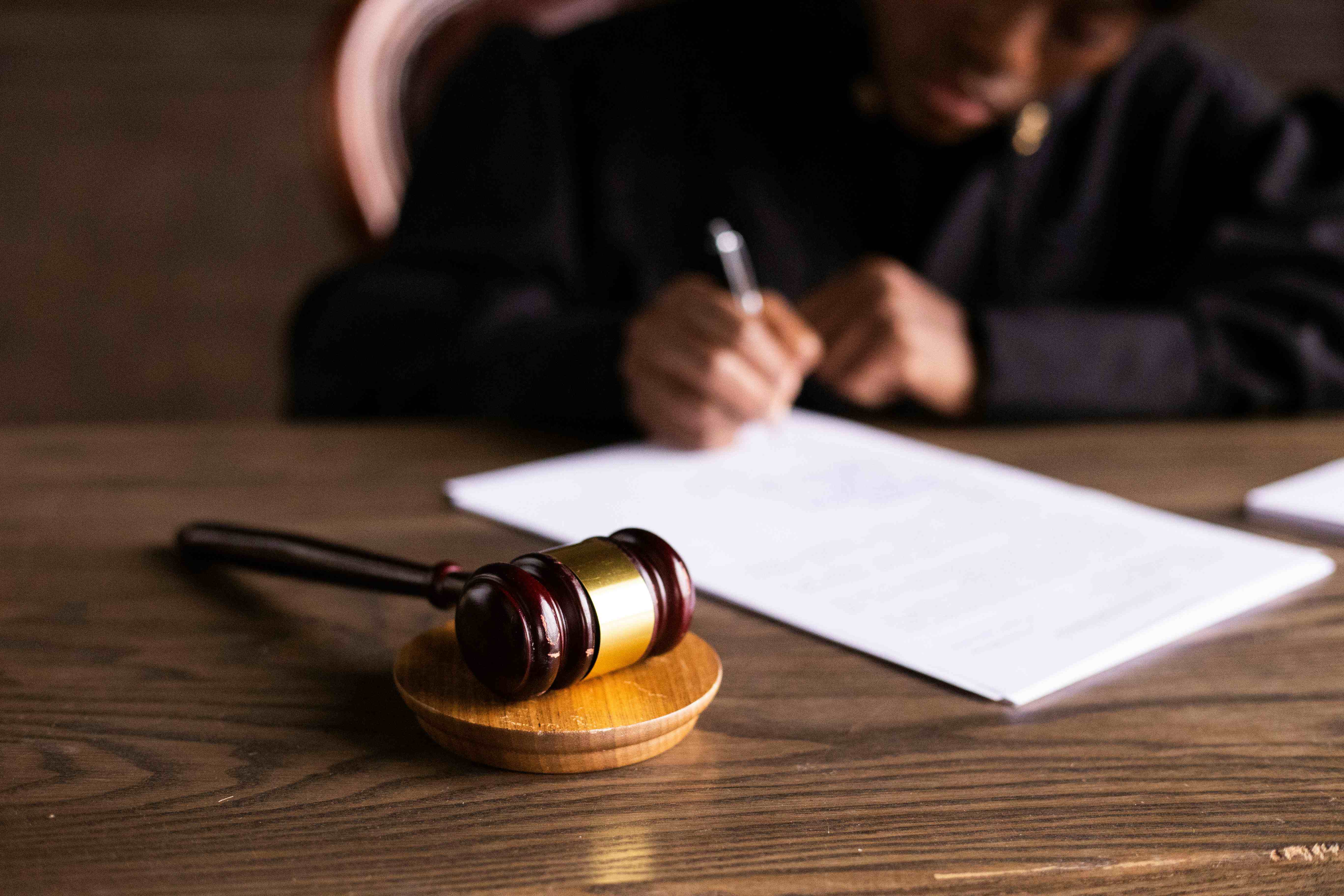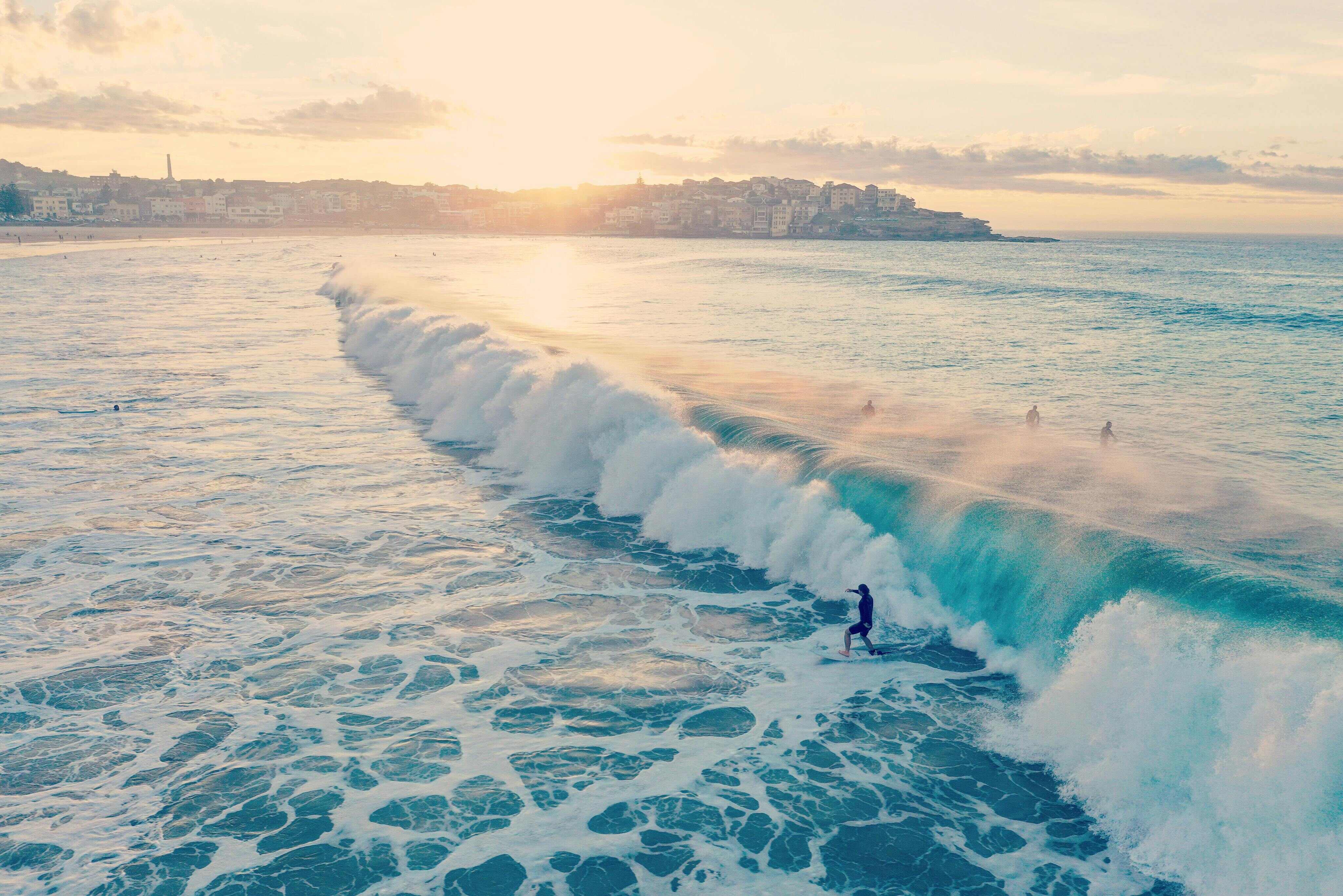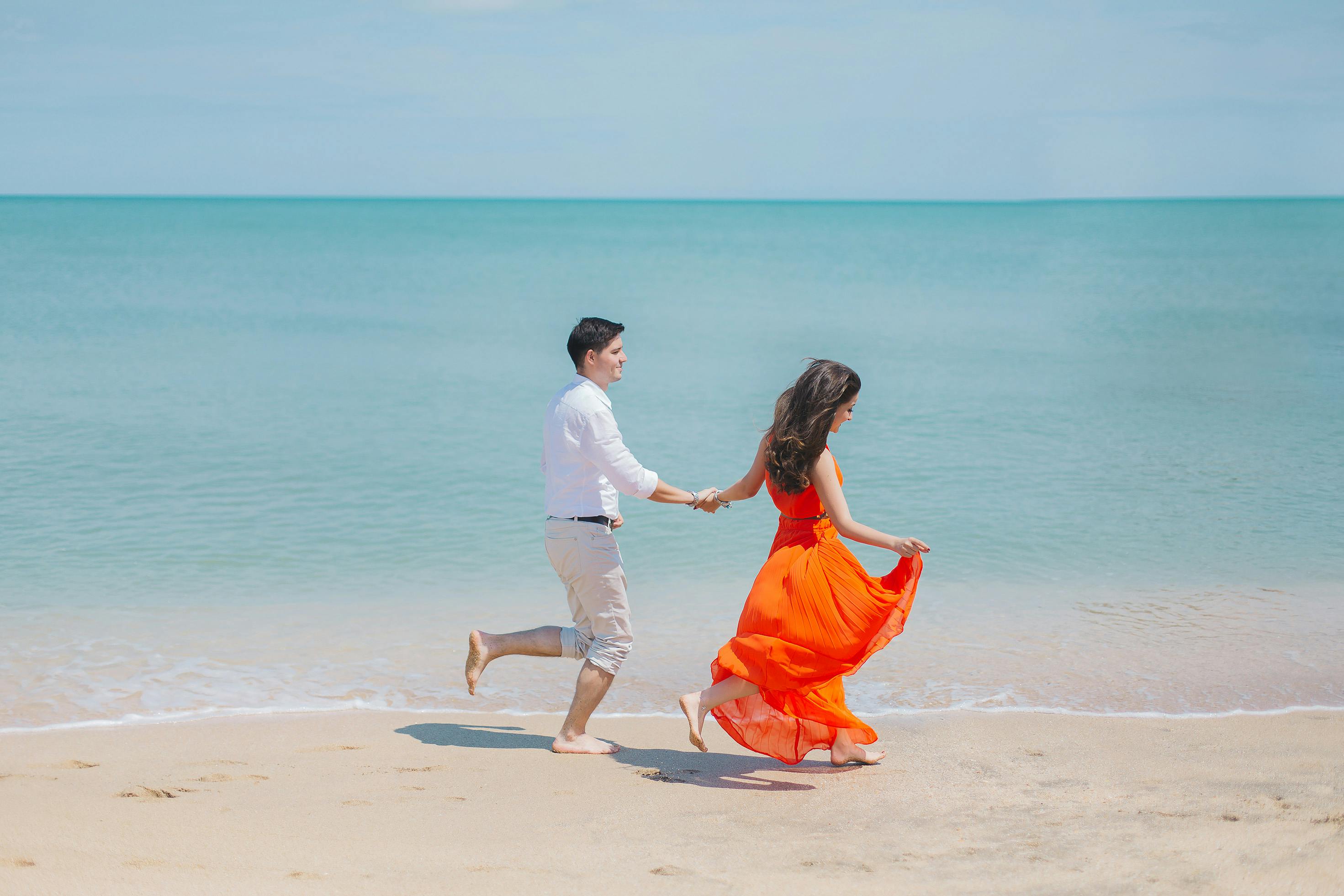Want to bring your parents to Australia as soon as possible to enjoy family life without the hassle of long-distance travel?
If you're not planning to apply for permanent residency or cannot meet the Family Balance Test, the 870 Sponsored Parent Temporary Visa could be the perfect solution!
The Australian Sponsored Parent Temporary Visa Subclass 870 allows sponsored parents to live continuously in Australia for up to 5 years, providing a new pathway for family reunion for new immigrants. This visa is available for three-year and five-year terms, and after staying outside Australia for 90 days once the visa expires, it can be renewed. This means parents can live in Australia for up to 10 years.
Advantages of the 870 Visa
- Parents can stay in Australia for a long-term period of 3 or 5 years.
- The visa can be renewed, allowing for a cumulative stay in Australia of up to 10 years.
- Unlimited entries and exits to Australia during the validity of the visa.
- No need to pay the Assurance of Support bond (which costs over $43,600 for Contributory Parent Visas).
- No requirement for the Family Balance Test.
- No restriction on entering Australia for only 3, 6, or 12 months per visit, as is the case with tourist visas.
- 15,000 visas are issued annually.
1. Application Steps
Step 1: Sponsorship eligibility application by the child.
Step 2: Parents apply for the 870 Visa.
- A maximum of two parents can be sponsored at a time.
- After the sponsorship is approved, the application must be submitted within six months. If applying within Australia, it needs to be submitted within 60 days.
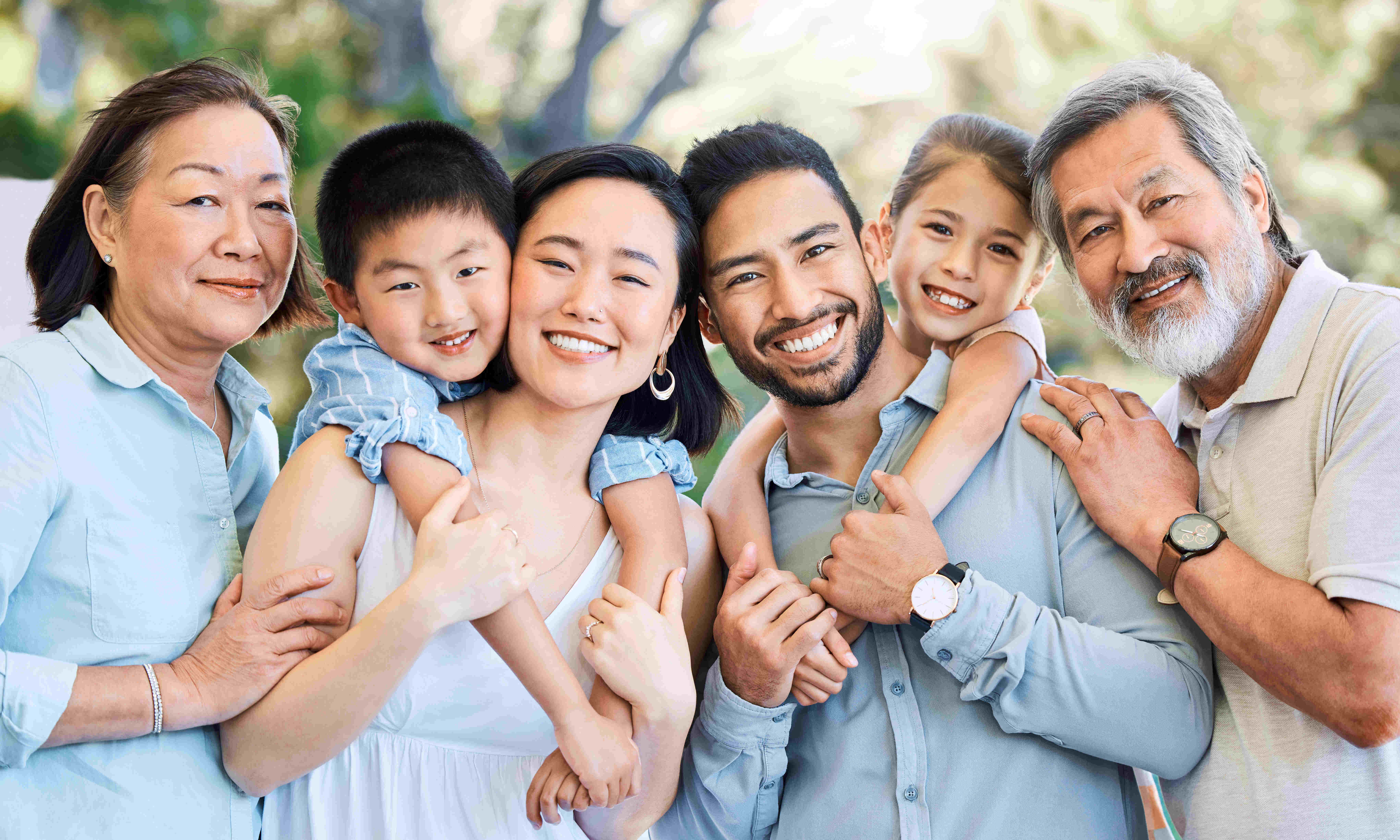
2. Application Fees (For the 2024-25 Financial Year)
- Sponsorship eligibility application fee: $420
- Three-year visa application fee: AUD 5,895 (First installment: AUD 1,180; Second installment: AUD 4,715)
- Five-year visa application fee: AUD 11,785 (First installment: AUD 1,180; Second installment: AUD 10,605)
Note: Both the three-year and five-year visas require an initial payment of AUD 1,180. The visa fee is paid in two parts, with the second part payable before visa approval.
3. Applicant Requirements
- Must be the biological parents, step-parents, or adoptive parents of the sponsor.
- Must meet health requirements.
- Must pass character checks (no criminal records).
- Must have sufficient funds during their stay in Australia.
- Must have health insurance during their stay in Australia.
- Must have no outstanding debts to the Australian government.
- Cannot work in Australia.
4. Sponsor Requirements
- Must be at least 18 years old.
- Must be the biological child, adopted child, or step-child of the applicant.
- Must be an Australian citizen, a permanent resident living in Australia for at least four years, or an eligible New Zealand citizen.
- Can sponsor a maximum of two applicants at a time.
- Must have a minimum annual income of $83,454.80.
- Must have no outstanding debts to the Australian federal government, such as Medicare debts.
- The sponsor must have sponsorship eligibility before submitting the application.
5. Important Notes
- When submitting the 870 sponsorship eligibility application, the 870 applicant does not need to be outside Australia.
Once the sponsorship is approved, the applicant has six months to leave Australia and submit the 870 visa application from outside Australia.
The 870 visa allows for approval while the applicant is in Australia, meaning that after submitting the 870 application from outside Australia, the applicant can enter Australia on another visa and wait for the 870 visa decision while inside Australia.
2. It's important to note that if the applicant is currently holding an 870 visa and is in Australia, they cannot apply for parent migration visas, including:
- 103 Parent Visa (Non-contributory)
- 804 Aged Parent Visa (Non-contributory)
- 143 Contributory Parent Visa
- 864 Contributory Aged Parent Visa
- 173 Contributory Temporary Parent Visa
To apply for parent migration, one must wait until the 870 visa expires and then apply from outside Australia.
6. Processing Time (Updated by the Department of Home Affairs in June 2024)
Sponsorship eligibility processing time:
- 50% of applications: 64 days
- 90% of applications: 4 months
870 Visa processing time:
- 50% of applications: 3 months
- 90% of applications: 7 months
Do you need help to apply for an Australian Visa?
If you need assistance with applying for an Australian visa, please contact us.
You can book an appointment online or call us at (+61) 8 8351 9956.
Our team of experienced Immigration Lawyers and Migration Agents look forward to assisting you with your visa application.
Based in Adelaide, South Australia, we provide Australian immigration advice to people and businesses from all over the world.
Sources:
https://immi.homeaffairs.gov.au/visas/getting-a-visa/visa-listing/sponsored-parent-temporary-870



